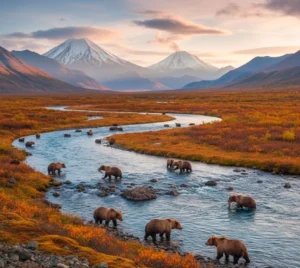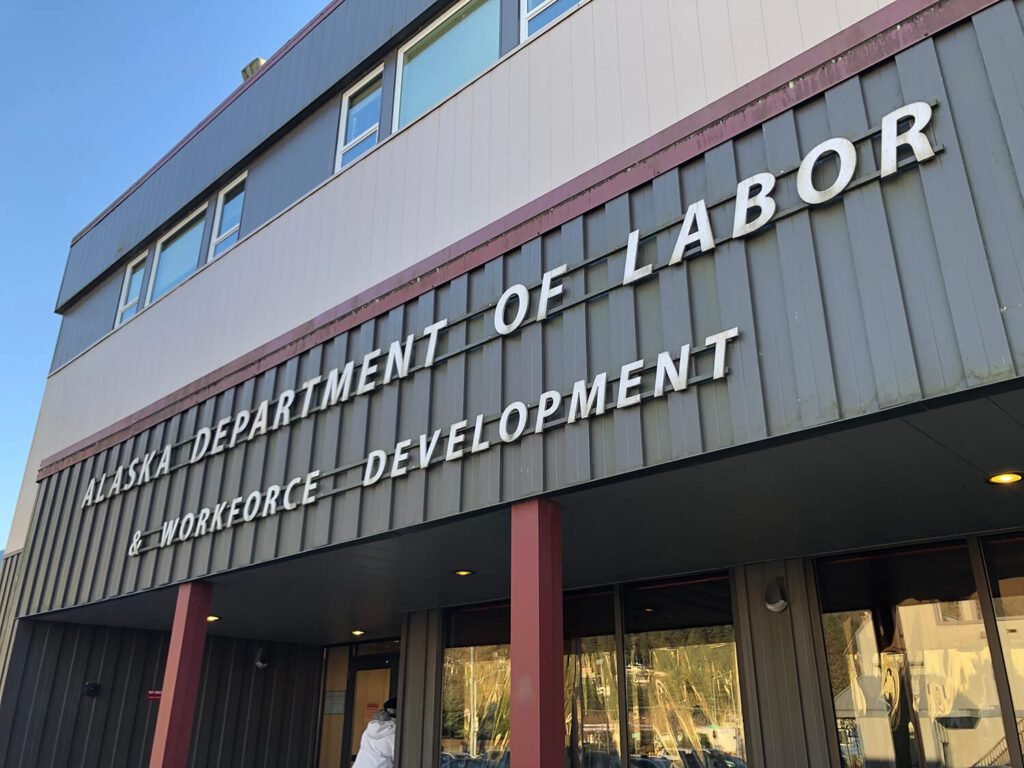People gathered at the University of Alaska Anchorage to discuss strategies to stop the ongoing Alaska population out migration. According to Dan Robinson, Chief of Research for the Alaska Department of Labor and Workforce Development, people have been departing Alaska during the last twelve years. He said that no population drop of this size had ever lasted for so long.
Robinson claims that while few people are leaving Alaska, the real issue is that fewer people are going there. Alaska has always had the highest rate of population increase among young people in their 20s and 30s. These age groups were typically attracted by the state’s military presence or its adventurous spirit. However, new data suggests that immigration is dropping, which contributes to the aging population and shrinking workforce.
The large-scale movement of young people from Alaska to the Lower 48 states for education influences the population and economy. Rep. Mary Peltola coordinated the event with other Alaskan groups to discuss these demographic transitions.
Criminal activity, infrastructure, and the subsistence food supply impact Alaska’s migration patterns. Reductions in military personnel have also reduced Anchorage’s population; Joint Base Elmendorf-Richardson lost 2,600 residents between 2010 and 2023.
Analysts expected that aging populations, falling birth rates, and out migration would reduce Alaska’s population. Peltola worried about the shrinking workforce as corporations spend more on J-1 visas to fill labor shortages.
However, the National Republican Congressional Committee criticized Peltola’s stance on the need to employ immigrant workers. They argue that instead of hiring foreign workers, Alaskans should be filling these positions. Alaska’s workforce reduction makes it difficult to reverse the trend of residents leaving. The issue of Alaska population out migration has become central to discussions on how to address these demographic shifts.
This news story was originally published by Alaska Beacon.












